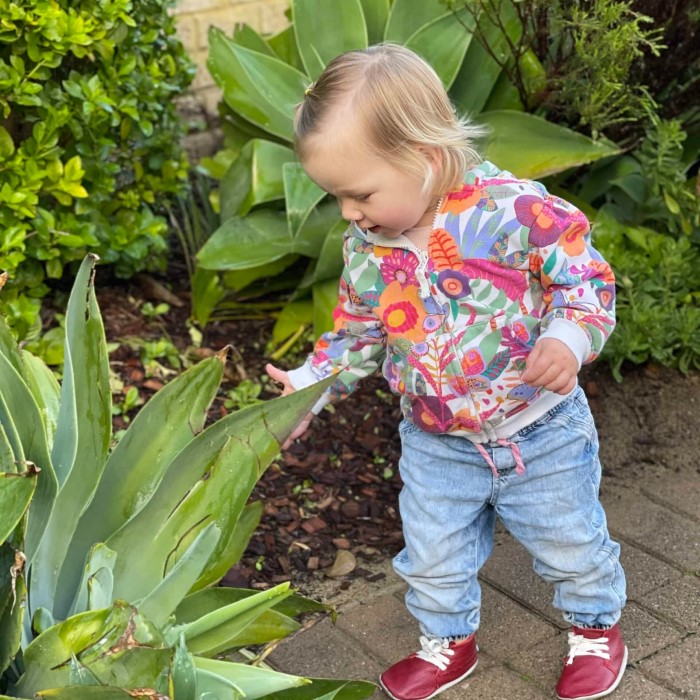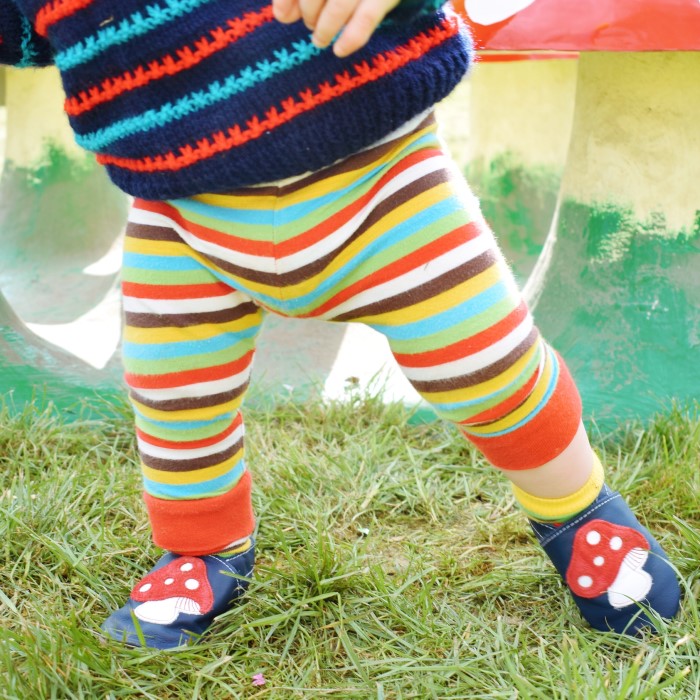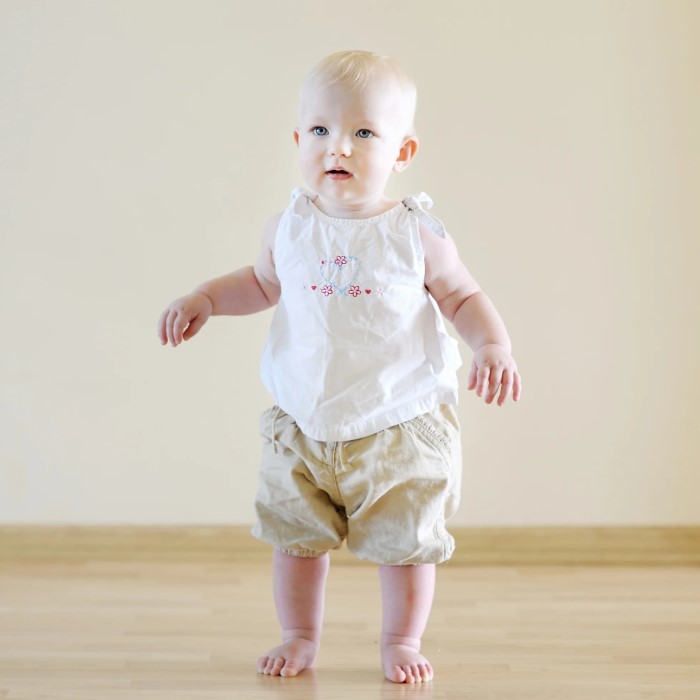Introduction: Understanding Baby Footwear
As a new parent, one of the many questions you may have is, when do babies wear shoes? It’s a common concern as parents eagerly await the milestones in their child’s development. While baby shoes are often seen as adorable accessories, understanding the appropriate time to introduce footwear is crucial for comfort and proper development.
Shoes serve an important function during your baby’s journey toward mobility. They protect little feet from rough surfaces and provide stability as they embark on their walking adventures. This article will explore the right timing for introducing shoes, the stages of walking, and essential tips for choosing the best footwear for your little one. Let’s embark on this journey together and ensure your child’s first steps are both safe and stylish!
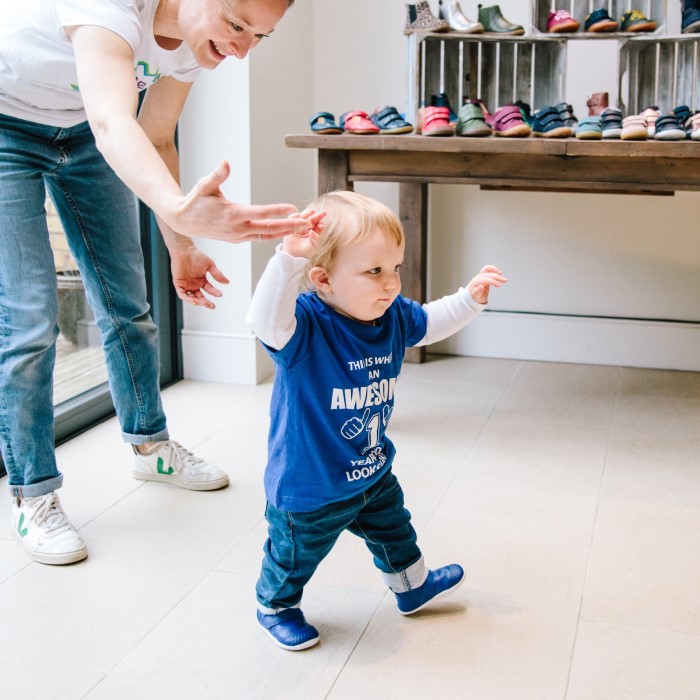
The Developmental Stages of Infant Mobility
When do babies wear shoes? Before diving into the specifics of baby footwear, it’s essential to understand the various developmental stages of infant mobility. Each stage plays a role in determining when and how to introduce shoes:
- Tummy Time: In the early months, tummy time is a vital activity that helps your baby build strength in their neck, back, and core muscles. During this phase, babies do not need shoes, as they are primarily developing their motor skills without the need for footwear.
- Crawling: As babies begin to crawl, they start to explore their surroundings. At this stage, it’s still beneficial for babies to go barefoot. Crawling allows them to develop essential strength and coordination while feeling the different textures of the floor.
- Pulling Up: When babies start pulling up to a standing position, they may still remain barefoot. Strong feet and ankles are essential at this stage as they learn to balance and support their weight.
- Taking First Steps: Most babies begin taking their first steps between 9 and 15 months of age. This transitional phase is when parents typically start to consider putting shoes on their babies for outdoor exploration.
When to Introduce Shoes
Now that we’ve explored mobility stages, let’s discuss when it’s appropriate to introduce shoes to your baby:
- Walking Indoors: For babies who are just beginning to walk, it’s best for them to go barefoot indoors. Walking barefoot helps improve balance and coordination as they learn to navigate their environment.
- First Shoes: Once your baby can walk confidently, typically between 12 to 15 months, it’s time to consider their first pair of shoes. However, make sure they are ready and show interest in walking actively outdoors.
- Choosing the Right Size: It’s essential to measure your baby’s feet regularly, as children’s feet grow quickly. Shoes should fit snugly but not be too tight. There should be about a thumb’s width of space between the end of the shoe and the tip of the toes.
- Flexible and Lightweight: The first shoes should be made from soft materials to allow for natural foot movement. Heavy shoes can make walking difficult and can discourage babies from moving freely.
- Quality Over Quantity: Invest in a high-quality pair of shoes that meets all safety and comfort standards. A good pair of shoes will support your baby’s developing feet without causing discomfort or restricting movement.
Factors to Consider When Choosing Baby Shoes
Selecting the right shoes for your baby is crucial for their comfort and foot health. Consider the following factors:
- Material Matters: Look for breathable materials that allow for circulation. Soft leather, canvas, or suede are great options. They provide comfort and flexibility while allowing little feet to breathe.
- Sole Flexibility: The sole of the shoe should be flexible yet supportive. Babies’ feet need to bend and flex as they learn to walk, so stiff shoes can hinder their natural movement.
- Proper Fit: Ensure that the shoes fit well and allow for some room to grow. Shoes that are too tight can lead to discomfort and long-term foot problems.
- Avoid Heavy Shoes: Avoid choosing heavy or clunky shoes for your little one. Lightweight shoes are easier for babies to walk in and prevent them from feeling weighed down.
- Protective Features: If your baby walks outdoors frequently, select shoes with non-slip soles for traction. This feature helps prevent falls and provides added safety for young walkers exploring their surroundings.
The Importance of Barefoot Time
While shoes serve a purpose, it’s also essential to allow plenty of barefoot time to promote healthy foot development. Here are some key benefits:
- Building Strength: Walking barefoot helps develop the muscles in your baby’s feet and legs. It allows them to feel the surface beneath them, helping to improve their balance and stability.
- Sensory Experience: Barefoot walking provides a sensory experience that stimulates nerves in the feet. As babies feel different textures—like carpet, grass, or sand—they enhance their overall sensory perception.
- Improved Balance: Being barefoot enhances your child’s ability to balance effectively. They can adapt their movements based on how their feet connect with different surfaces.
- Natural Foot Development: Allowing your baby to go barefoot encourages their foot shape to develop normally. Shoes can sometimes hinder the natural growth and development of their feet.
Caring for Baby Feet
When do babies wear shoes? As your child begins walking, caring for their feet becomes increasingly important. Here are some tips for proper foot care:
- Regular Checks: Frequently check your baby’s feet for signs of discomfort or irritation. Look for red spots or blisters, which may indicate poor fit.
- Hygiene Matters: Keep your baby’s feet clean and dry. Regular washes prevent dirt and moisture from accumulating between their toes, which can lead to fungal infections.
- Nail Care: Trim your baby’s toenails regularly to prevent discomfort from long nails. This maintenance is essential to avoid accidental scratches and irritation.
- Monitor Development: Keep an eye on your baby’s walking patterns. If you notice significant difficulty or signs of pain, consult a pediatrician for advice.
- Socks and Weather Considerations: During colder months, opt for socks that fit well without sliding off. Wearing well-fitted socks can keep little feet warm while allowing for healthy movement.
The Role of Footwear in Active Play
When do babies wear shoes? Consider the type of activities your baby will engage in while wearing shoes. For example:
Casual Play at Home
- Encouraging Barefoot Play: When your baby is playing on soft surfaces like carpets or grass, it is beneficial for them to go barefoot. This allows them to engage more freely with their environment without feeling restricted by shoes.
- Maximizing Comfort: Barefoot play enhances comfort as babies can feel the textures beneath their feet, whether it’s the softness of a carpet or the coolness of grass. This sensory experience is important for body awareness and coordination.
- Promoting Mobility: Without the constraints of shoes, babies can move more naturally and confidently. Their ability to grip and push off the ground is enhanced, helping them develop their walking and crawling skills more effectively.
- Developing Balance and Strength: Barefoot play contributes to the strengthening of foot and leg muscles while promoting balance. As babies navigate their environment, they build the necessary strength and coordination to master walking.
Outdoor Exploration
- Importance of Foot Protection: When heading outside, it is important to prioritize your baby’s safety by putting shoes on them, especially in outdoor environments. The ground may contain sharp objects, uneven terrain, or hot surfaces that could injure delicate feet.
- Choosing Appropriate Shoes: Selecting shoes that appropriately fit and provide adequate protection is crucial during outdoor exploration. Look for shoes with sturdy soles and reliable support, ensuring that little feet are safe while they engage in their surroundings.
- Preventing Injuries: Proper footwear helps shield your baby’s feet from potential hazards like stones, glass, or rough surfaces. With shoes on, babies can explore play areas more confidently without the risk of cuts or scrapes.
- Enhancing Stability: Footwear also aids in providing stability and traction on various surfaces. Good shoes help babies maintain their balance, which is especially important as they are actively learning to walk and run.
Indoor Settings
- Shoes for Playgroups and Daycare: In indoor settings like playgroups or daycare, it is beneficial to provide your baby with shoes that are easy for them to take on and off. This convenience encourages them to become more independent.
- Encouraging Independence: Allowing babies to put on and remove their own shoes fosters confidence and self-sufficiency. It also helps them learn about taking care of their belongings at a young age.
- Consideration for Individual Needs: Selecting shoes with elastic bands or Velcro straps can make it easier for babies to manage their footwear on their own. This adaptability enhances their participation in various activities.
- Comfort and Functionality: Ensure that the shoes are comfortable and fit well. Properly fitting shoes prevent discomfort while allowing for easy movement during playtime with their peers.
Special Events
- Dressing Up for Special Occasions: For special occasions such as family gatherings, weddings, or celebrations, consider putting your baby in attractive shoes that complement their outfit. This can add a charming touch to their appearance.
- Prioritizing Comfort: While choosing stylish shoes, it’s crucial to prioritize comfort. Ensure that the shoes fit properly, are not too tight, and allow for mobility. Babies should not feel constrained in their shoes, especially during events where they may want to move around and play.
- Ensuring Freedom of Movement: It is vital to ensure that your baby can move around freely during family gatherings or events. If shoes are uncomfortable, it may restrict their enjoyment of the occasion. Opt for designs that blend style with functionality, allowing for ease of movement.
- Creating Lasting Memories: Comfort and style can coexist to create lasting memories during significant family gatherings. When your baby is both comfortable and looking great, they will enjoy and actively participate in the celebration.
Conclusion: Footwear Choices for Happy Feet
In summary, understanding when do babies wear shoes involves paying attention to your baby’s developmental milestones and movement patterns. While shoes typically become necessary between 12 to 15 months, it’s essential to let babies explore their environment barefoot as much as possible to promote healthy development.
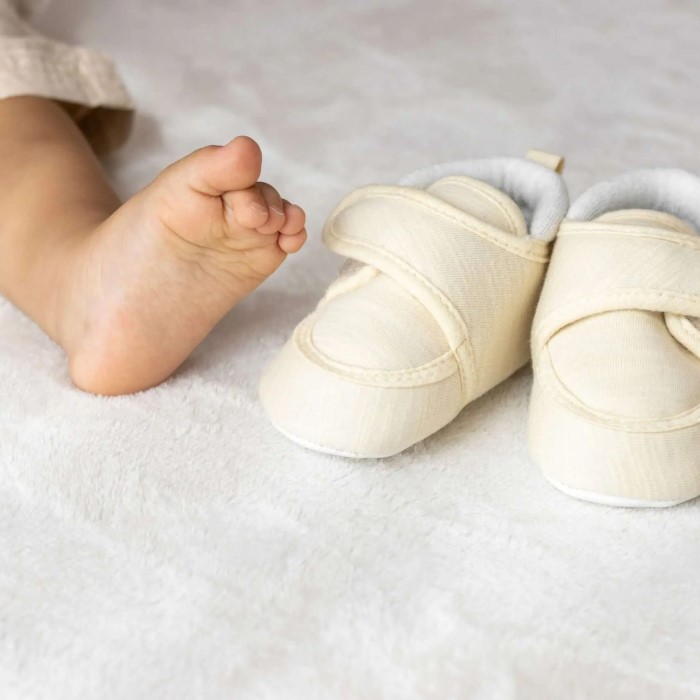
As you embark on this exciting phase of your child’s life, keep in mind that the right shoes play a crucial role in their comfort and safety as they learn to walk and explore. By choosing quality footwear, encouraging time without shoes, and regularly checking on their foot health, you can help ensure that your baby enjoys every step of their journey.
Cherishing these early walking moments and creating lasting memories can bring joy to the whole family. Keep an eye on those growing feet, and enjoy the adventure as your little one grows and takes their first confident steps into the world!
